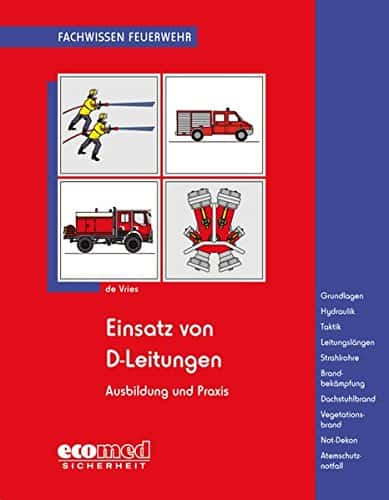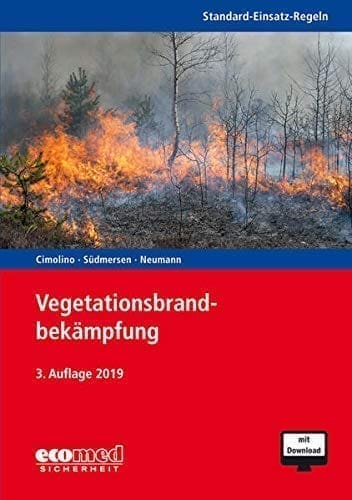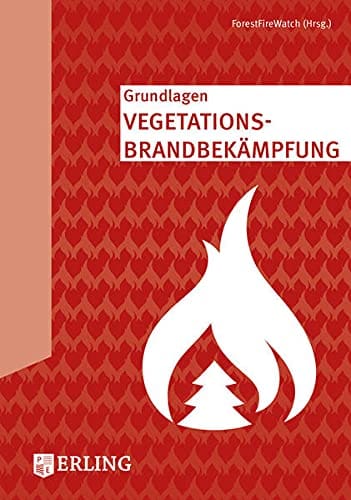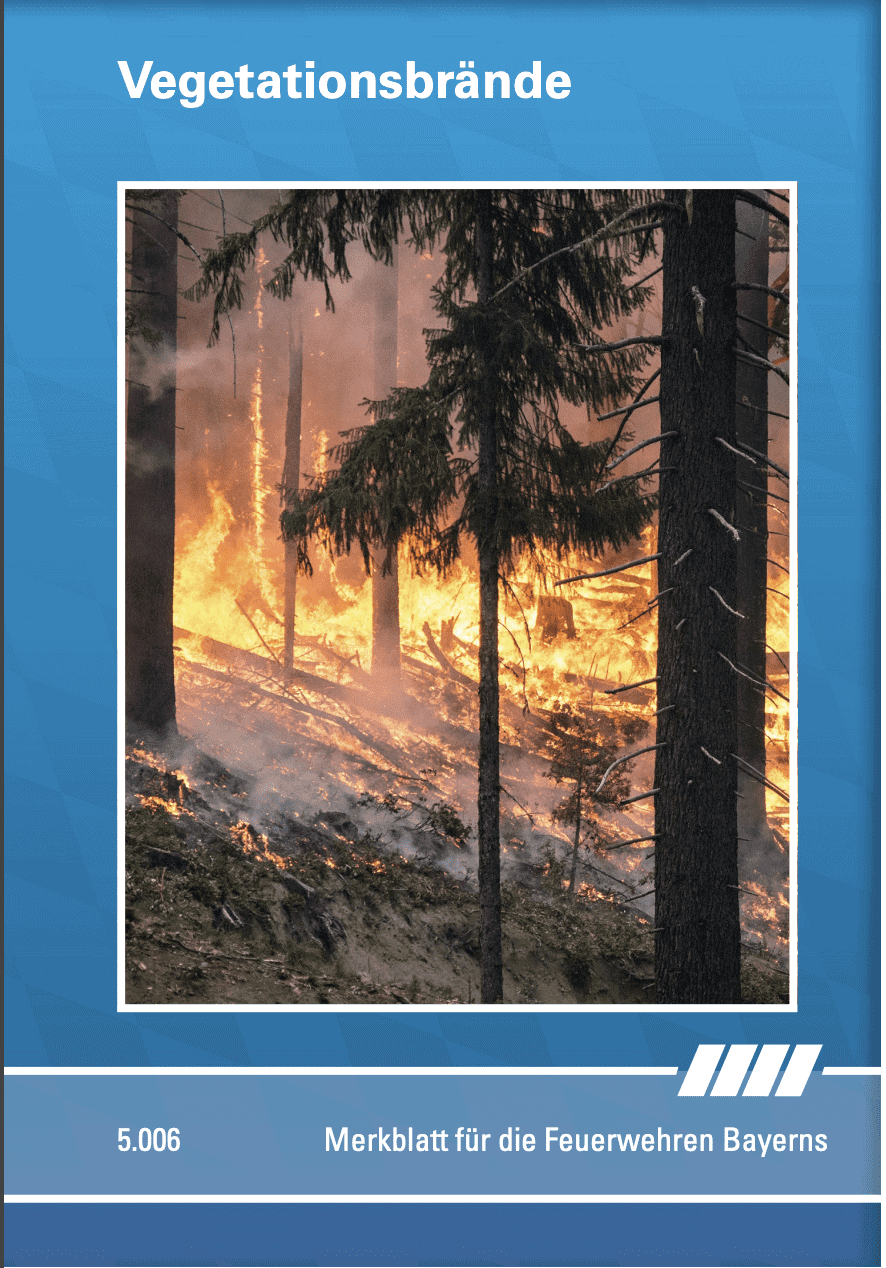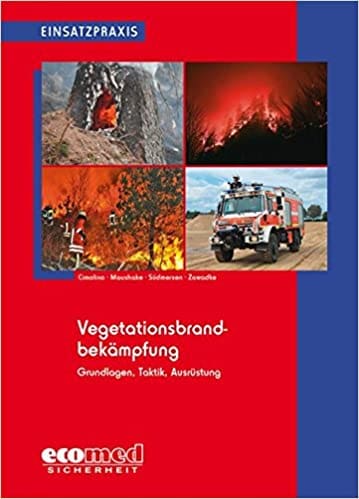Forecasts on climate change assume that summers in this country will become drier and drier and that we can expect more periods of drought, while at the same time the fire load in forests and fields will increase. The fires of recent years in Germany have already clearly demonstrated that under these conditions the window of opportunity for preventing major fires is becoming increasingly narrow. The old rule of thumb that a forest fire must be brought to a halt within an hour of ignition if it is to be prevented from spreading to a large fire can be considered outdated. The development of large fires of catastrophic proportions is therefore often difficult to prevent, despite early forest fire detection.
However, fire departments are inadequately trained to fight forest fires, specifically including rapid initial attack with hand tools and little water. This is exactly where the book comes in. It is intended to provide emergency and command personnel unfamiliar or unfamiliar with the subject of “Vegetationsbrandbekämpfung” with an important basis for action and a practical guide for specific operational assignments, and also to impart the necessary knowledge for a safe, fast and effective initial attack with hand tools such as fire patches, sand throwing and firefighting backpacks. The very practice-oriented book is aimed primarily at volunteer fire departments, disaster control officers, forestry employees, forest owners, farmers, but also regional administrators.





